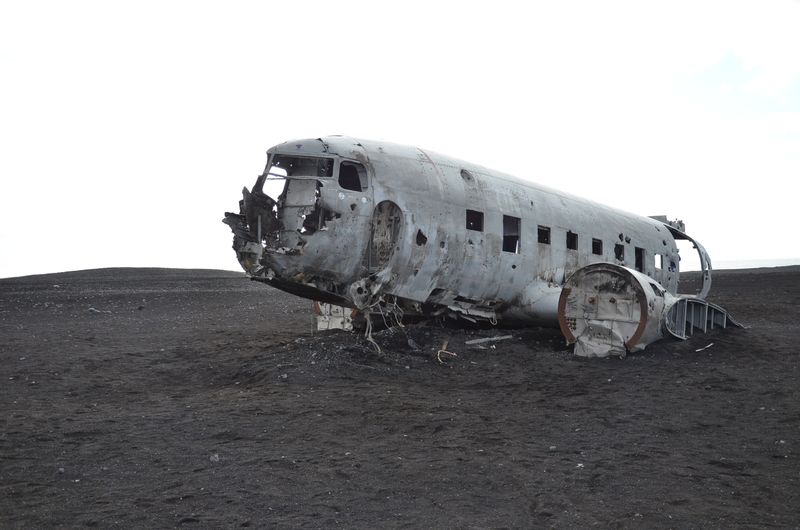NTSB Official Describes Investigation into Fatal Private Jet Crash
Summary
A Cessna Citation V jet crashed near Waynesboro, Virginia on the 22nd of August after flying for more than 300 miles from its destination. The pilot and three passengers did not respond to attempts from air traffic control and other pilots to establish contact, which prompted F-16 fighter jets to attempt interception. The jet eventually crashed in the George Washington National Forest, Virginia, killing all on board. The pilot was observed slumped over in his seat by those observing the response, which included police and emergency rescue teams. The National Transportation Safety Board, or NTSB, is investigating the accident, and a source with knowledge of the investigation said that investigators are exploring the possibility of hypoxia – a condition resulting from the loss of oxygen in the blood.
Investigation into the Crash
The NTSB investigator in charge, Adam Gerhardt, stated that the investigators will seek to answer two main questions: when did the pilot become unresponsive and why did the aeroplane fly in the track that it was on? The NTSB is planning to investigate the function of the aeroplane’s autopilot, which is considered a critical component in the investigation. Investigators will also conduct forensic checks of all components of the jet to try and determine the cause of the crash, including examining maintenance records and considering the possibility of mechanical failure. The investigation is expected to take several months.
Causes for Crash Being Considered
The investigators are exploring hypoxia as a plausible factor that may have affected the jet’s pilot and passengers, leading to the tragic crash. Additionally, aviation experts explained that hypoxia can occur from flying at high altitudes and could have resulted from decompression of the cabin’s pressurization system. According to reports, when the F-16 jets reached the sky, pilots set off flares to attract the attention of the Cessna’s crew, but they did not respond. After the intercept failed, the Cessna turned towards Washington, D.C., at 34,000 feet before eventually crashing in heavily-forested terrain in Virginia.
Concerns Raised Over Aviation Safety
The present investigation highlights the significance of aviation safety for all airlines, air travelers, and air traffic control (ATC). Hypoxia is a severe risk in such cases and can occur due to many reasons, including irregular pressurization systems, defective components, and insufficient maintenance. The FAA (Federal Aviation Administration) lost contact with the jet within 15 minutes of its takeoff; contact with the plane’s crew could not be established then. The FAA also contacted the “domestic events network” within eight minutes of losing contact with the plane. ATC and other civilian pilots tried to establish contact with the jet to no avail. Aviation experts have emphasized the need for regular internal and external checks of aircraft components to prevent such incidents in the future.
Lessons to be Learned From the Tragedy
The tragic loss of life involved in the plane crash has affected many family members and brought concerns about the safety of private aviation to the fore. As evidenced by the investigation, authorities should emphasize the regular inspection of aircraft systems and rigorously assessing the health of pilots and passengers before takeoff. Furthermore, implementing a comprehensive monitoring system that could notify air traffic control authorities about flight problems that arise would be useful in ensuring airplane safety.
Conclusion
The fatal plane crash near Waynesboro, Virginia, is a significant reminder of the importance of regular aircraft maintenance and safety procedures. Investigators are fully invested in determining the cause of the crash as efficiently and thoroughly as possible. The FAA is aiming to use the lessons learned from this incident to improve aviation safety in general.

<< photo by Lindeboom Jean-Bapt >>




